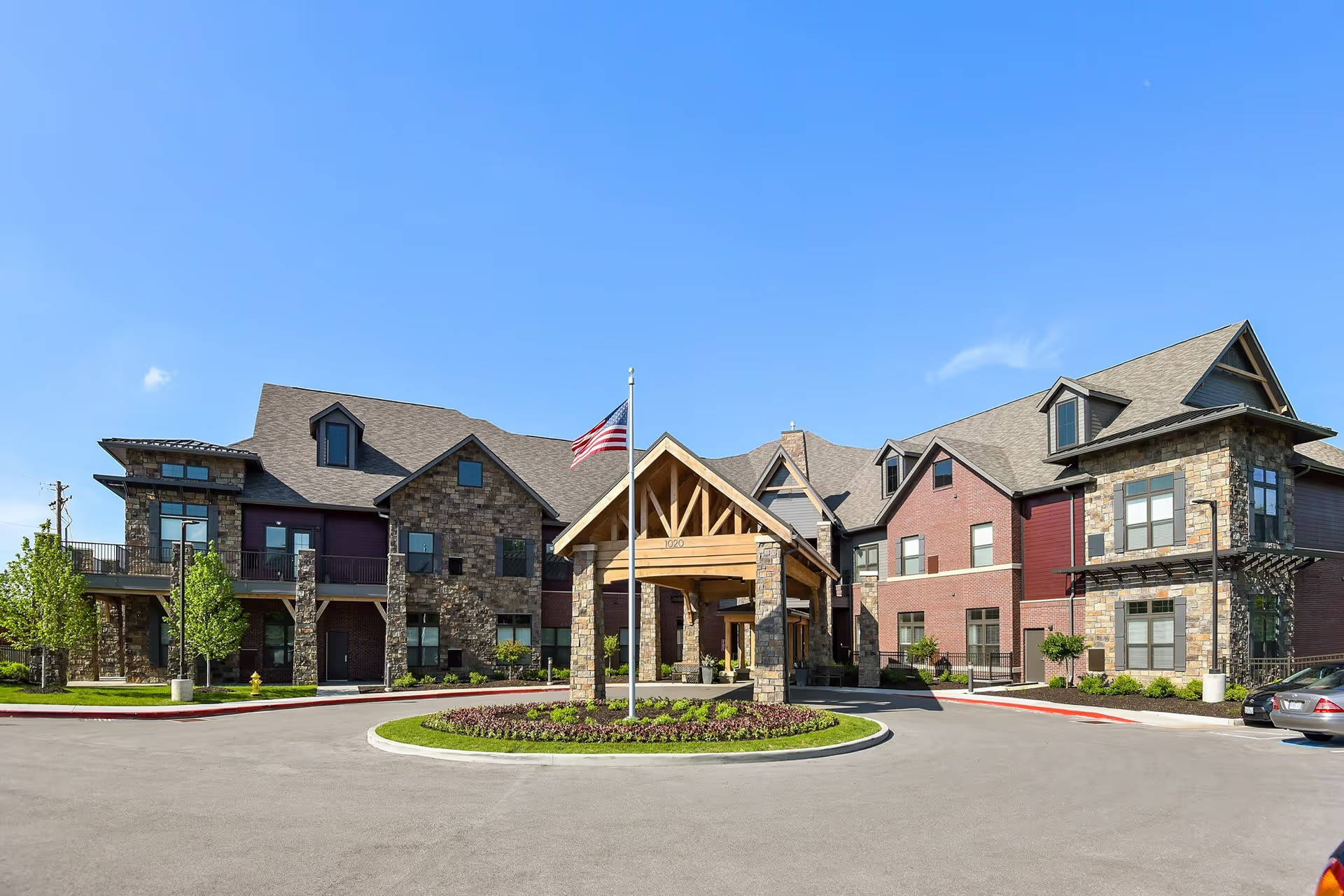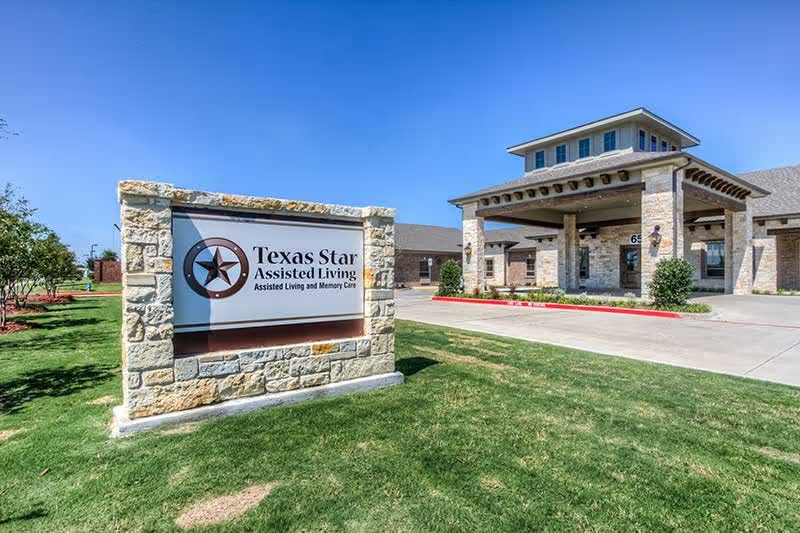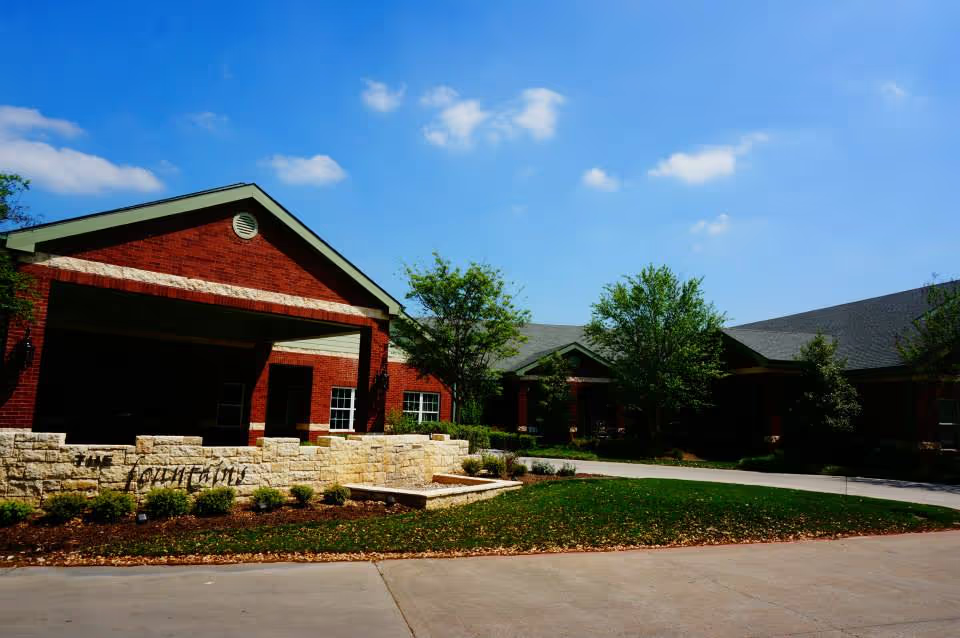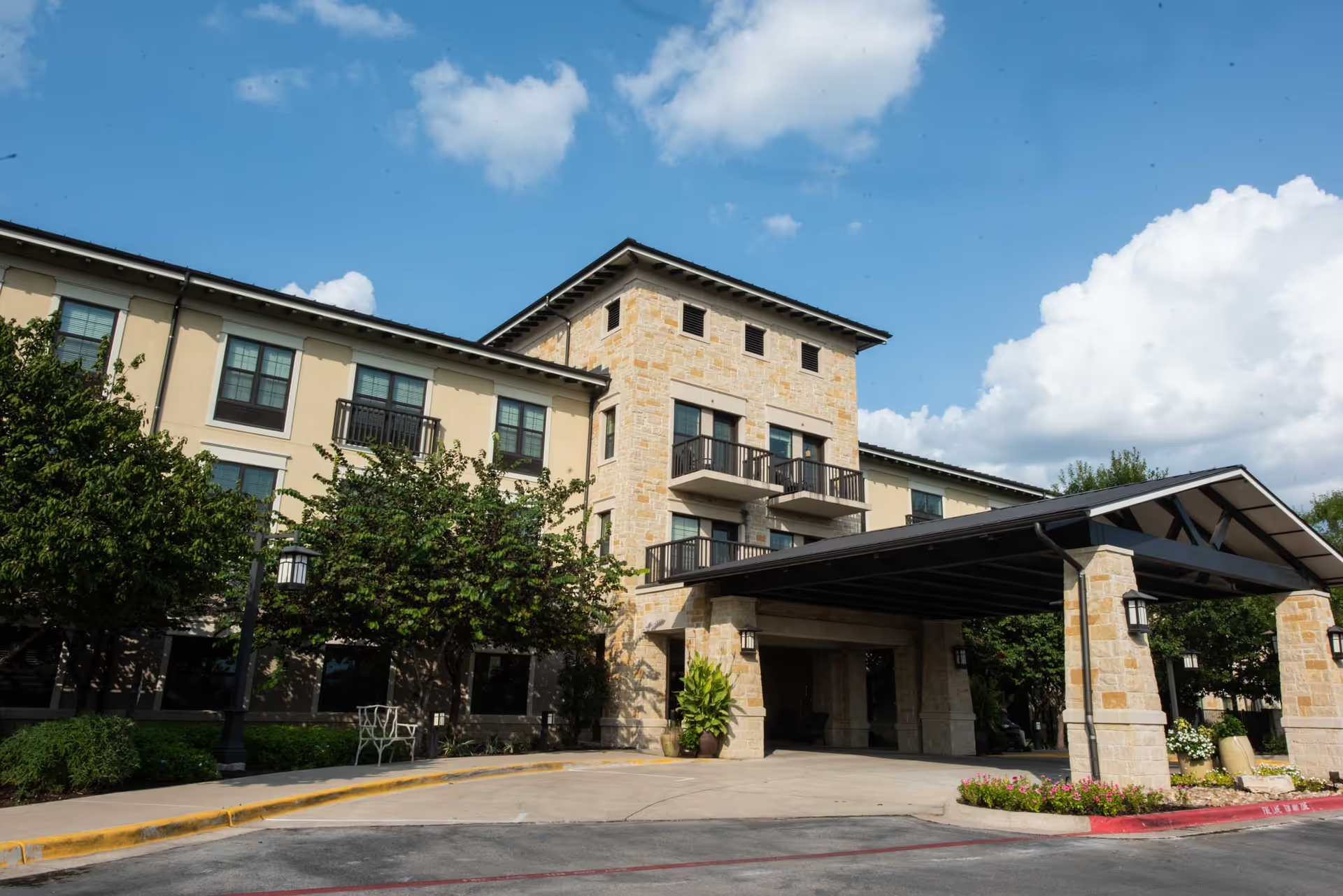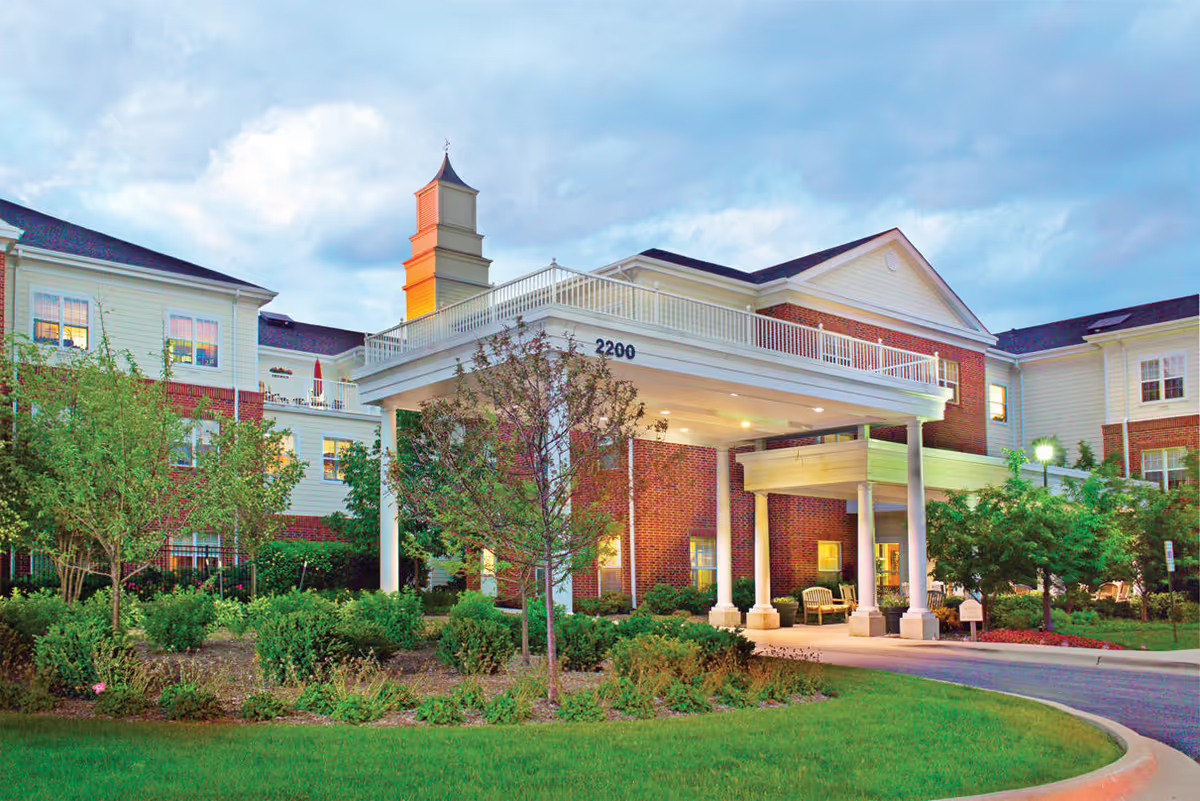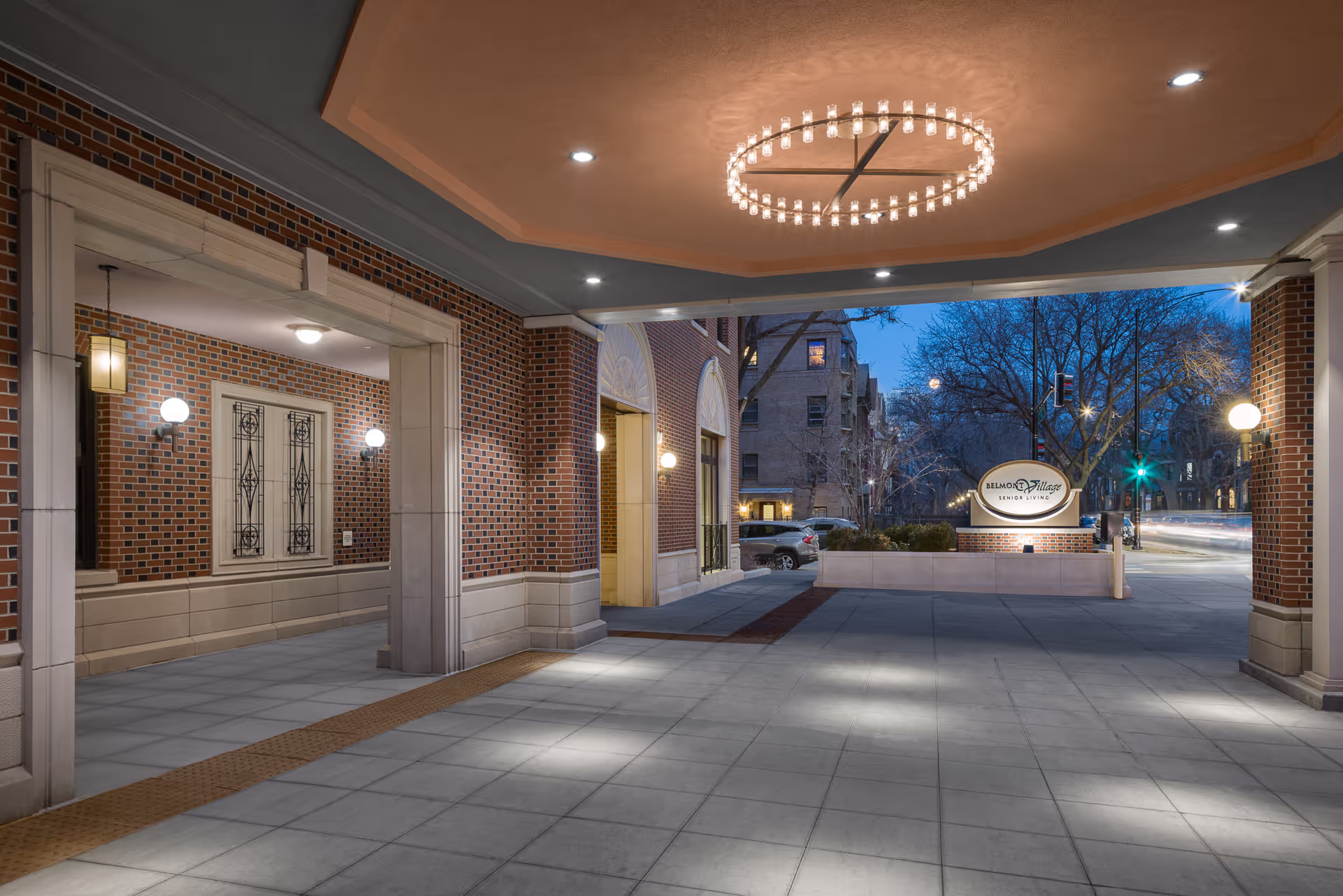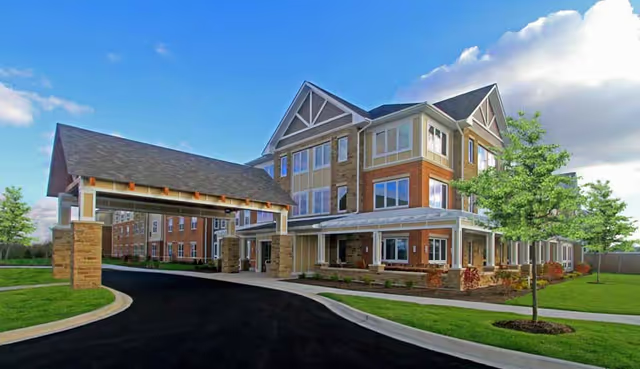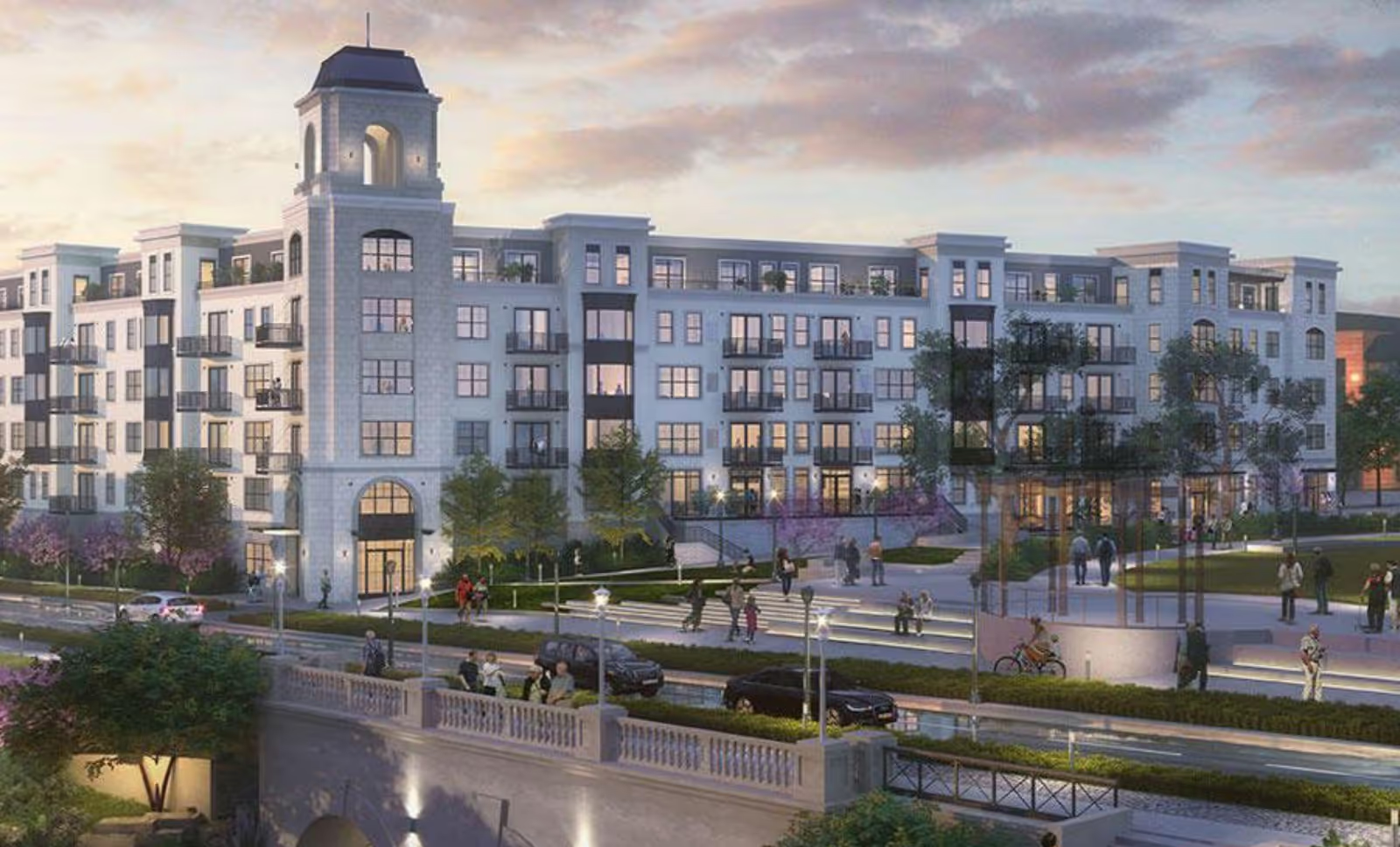Overall sentiment across the review summaries is sharply polarized. A substantial portion of reviewers praise the staff, clinical team, and the facility’s small, home-like environment; they describe compassionate care, experienced nurses and doctors, good food, successful rehab outcomes, and recent renovations that modernize the space. However, an equally significant set of reviews raises alarming safety, hygiene, and management concerns. The coexistence of glowing praise and severe complaints points to inconsistent care quality and variability across shifts and staff members.
Care quality and staff behavior are the most prominent, frequently mentioned themes. Positive accounts highlight respectful nurses, staff who take extra time with residents, personalized care, and a family-like atmosphere where caregivers remember residents and their relatives. The rehab department receives specific commendation for strong outcomes. Conversely, multiple reviews report neglectful behavior — seniors left in waste, residents left on toilets for extended periods, poor responsiveness to call bells, and aides described as rough, mean, or even insulting. Several reviewers reported serious adverse events: burns from hot coffee allegedly caused by staff (with claims that the incidents were not properly documented), recurrent rashes or infections linked to poor hygiene, and multiple emergency room visits. These safety-related reports are particularly concerning because they indicate both harm to residents and lapses in incident reporting and documentation.
Facility condition and cleanliness are another area of stark contrast. Some reviewers describe the facility as spotless, clean, organized, and newly remodeled with new floors, improved lighting, a visiting space, a 65-inch ultra HD TV with Netflix, updated fire protection, and modern technology upgrades. These comments suggest recent capital improvements and a more comfortable environment that supports social engagement. In direct opposition, other reviews describe persistent filth, year-round flies in rooms, dirty floors and rooms, urine and feces smells, oxygen equipment filter issues, and electrical problems like flickering lights. The divergence suggests that cleanliness and maintenance may vary by area of the facility, timing of visits, or depend heavily on staffing and operational management.
Dining, activities, and community life are consistently noted as strengths by supporters: reviewers mention very good food, strict adherence to dietary needs, two dining rooms, board games, social activities, and a safe, happy atmosphere. These aspects contribute to the perception of a home-like, smaller facility that may outperform larger chain nursing homes in warmth and personalization. Several reviewers explicitly state that the facility goes above and beyond and recommend it highly.
Management, communication, and operational oversight emerge as chronic pain points in the negative reviews. Multiple summaries describe an unresponsive administrator and management, missing personal belongings (clothes and phones), phones locked without keys, and claims of dishonesty or anger from leadership. There are also reports of staff admitting fault (for example, causing burns) but failing to document incidents properly. Short-staffing is cited repeatedly as an underlying cause of many problems, and several reviewers specifically call out rude or sarcastic night shift staff. The pattern suggests operational inconsistencies — the presence of highly praised staff and departments alongside serious lapses in supervision, staffing, and incident handling.
Taken together, these reviews paint a picture of a facility with real strengths and equally real risks. Strengths include dedicated and experienced clinical staff, strong rehab services, good meals, social programming, and recent facility improvements that make parts of the building feel modern and comfortable. Risks include inconsistent cleanliness, serious safety incidents and documentation failures, neglectful or abusive behavior by some aides, poor responsiveness, possible theft or mismanagement of resident belongings, and leadership that some families find unresponsive.
For prospective residents or families, the review pattern suggests careful, targeted due diligence. Important actions would include touring multiple parts of the building at different times of day, asking about staffing ratios and turnover, requesting recent inspection/complaint history, inquiring how incidents are documented and communicated to families, and speaking with current family members about night shift and weekend care. For facility leadership, the reviews indicate the need to address staffing consistency, strengthen supervision and documentation practices, remediate hygiene and maintenance issues uniformly across the building, and improve transparent communication with families to resolve the credibility and safety concerns reflected in the negative reports.
